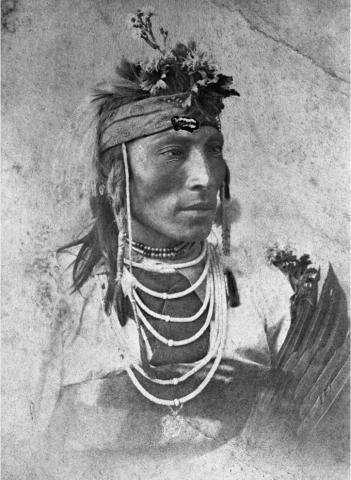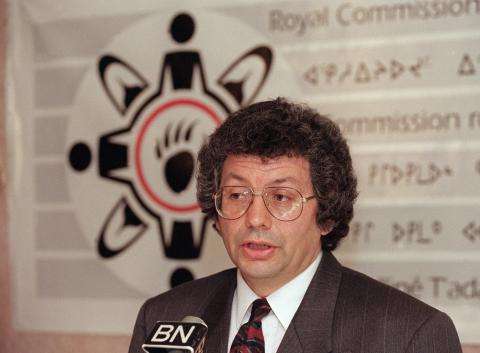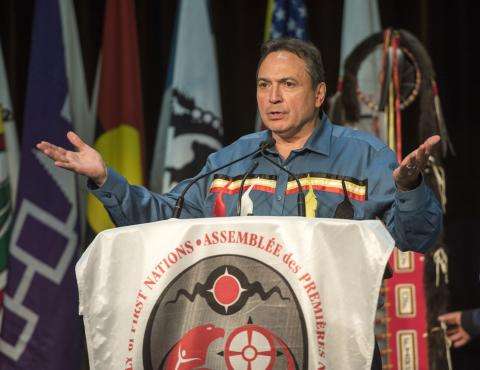Context card
| Context card | First Nations communities have their own traditional ways to govern themselves. These ways are different from the federal election system. For most of Canada’s history, First Nations people could only vote in a federal election if they gave up their Indian status. In 1960, First Nations peoples gained the right to vote in federal elections without conditions. |
|---|
Activity cards
| 1867 | At Confederation, the federal government takes on responsibility for First Nations peoples (called Indians at the time) without asking them. You have to own property to vote in federal elections. Not many First Nations people own property. |
|---|
| 1869 | For the first time, a law mentions federal voting rights for First Nations peoples. They can vote but only if they give up their Indian status. |
|---|
| 1876 | Parliament passes the Indian Act. The Act defines “Indian status” in detail. First Nations men who become doctors, lawyers or religious leaders lose their Indian status without their consent. They can vote because the law no longer considers them to be “Indians.” |
|---|
| 1917 | Canada participates in the First World War. First Nations men and women in the military can vote in federal elections. They do not have to give up their Indian status. After the war, they lose the right to vote if they go back to living on a reserve. |
|---|
| 1948 | Tommy Prince and other First Nations veterans speak to a parliamentary committee. They say that First Nations peoples should have the right to vote without any conditions. Three years later, the Indian Act is updated, but voting rights for First Nations peoples do not change. |
|---|
| 1960 | All First Nations peoples gain the right to vote without any conditions. Prime Minister Diefenbaker had made this promise during the 1957 election. |
|---|
| 1996 | Georges Erasmus is co-chair of the Royal Commission on Aboriginal Peoples. The Commission reports that First Nations people do not see voting rights as a way to improve their lives. |
|---|
| 2019 | Perry Bellegarde is the National Chief of the Assembly of First Nations. He urges all First Nations people to use their right to vote in the federal election. |
|---|
| From time immemorial to the present | Hundreds of distinct First Nations govern themselves for thousands of years. Each nation has its own complex system of government and its own way of choosing its leaders. |
|---|



![Black and white watercolour of a family making baskets (centre) and two men standing (right).]](/sites/default/files/styles/large/public/MP0065_21878.jpg?itok=quoiwiWf)







![Black and white photo of two Indigenous men in a bark canoe in Restigouche, Quebec.]Black and white photo of two Indigenous men in a bark canoe in Restigouche, Quebec.](/sites/default/files/styles/large/public/MP-1452137.jpg?itok=uHIz70Oi)